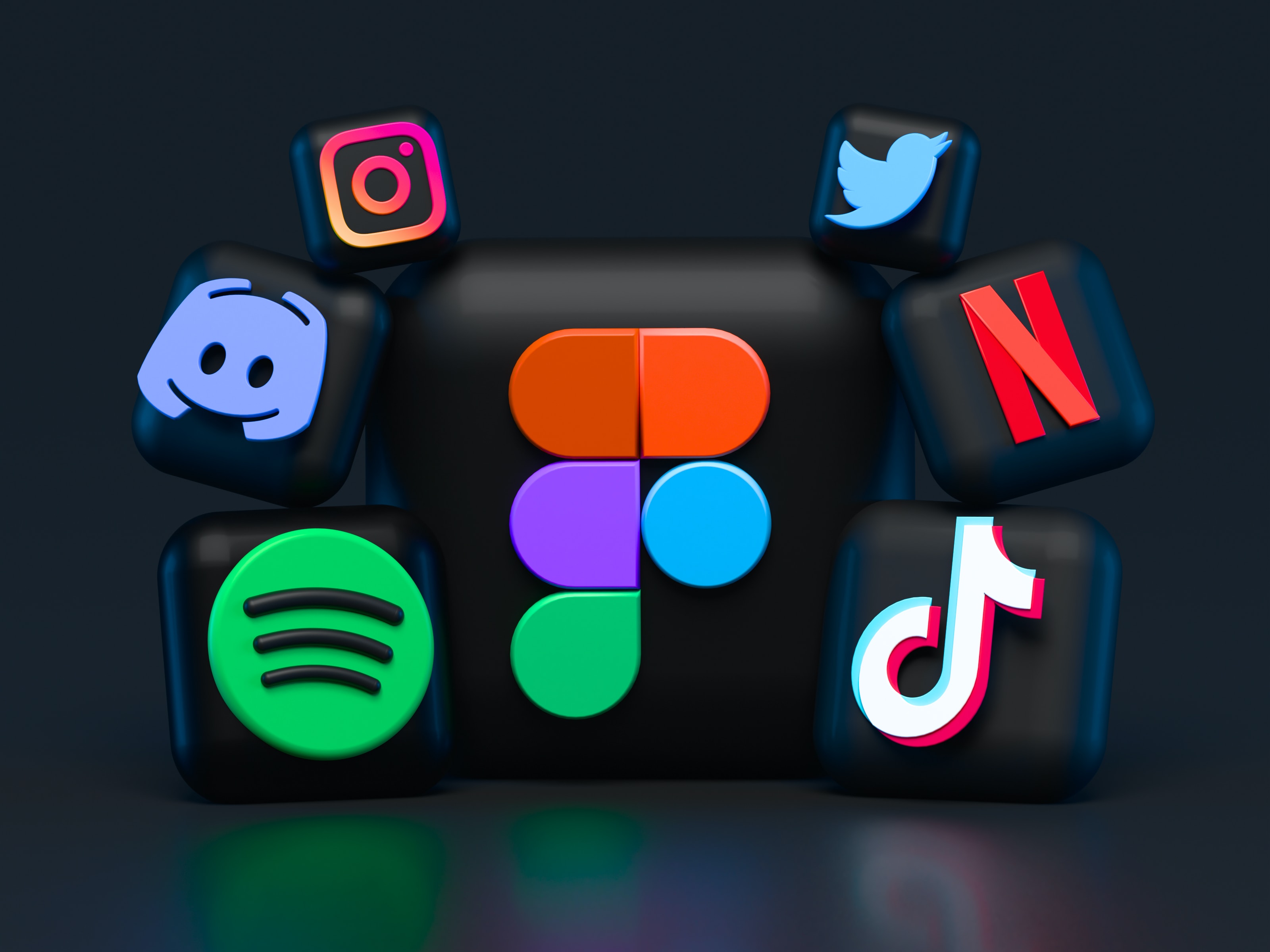Let's discuss the issues you should pay attention to when working on interfaces oriented to other regions. Why an Arabic or Japanese site is not the same as a European one. And what you should consider when working on such a project.
There are territorial differences in UX/UI-design issues. This is dictated by different culture, customs and, accordingly, the habits of users. And not knowing the peculiarities of the region of your target audience can lead to gross mistakes in interface design.
We have repeatedly talked about the importance of researching the target audience before starting a project. This is always a paramount task. And if you've already done a standard online store or a narrow niche lending a thousand times, then in case of a significant change of the region everything will be different and the work on preparation will have to be done from scratch.
In this case, the UX/UI-designer acts as a modern researcher, a kind of anthropologist, who must delve not just into digital products, but into the patterns of behavior of foreigners in general.
You need a deeper understanding of how culture influences the design choices we make and the user experience we create.

Alignment
The simplest and most common example of different perception is the alignment of text and images. We read from left to right, so we also perceive all information in that order, along the trajectory of the Latin letter Z. At the same time, Arabs read from right to left. And so sites for them should be made accordingly - aligned on the right edge, which we never do for products aimed at users in the Western world.
It seems very simple - move everything, mirror it and it's done. But such an interface is difficult to appreciate aesthetically from an unaccustomed point of view. And you will have to put a lot more time into the design than usual. Check everything carefully, moving from one detail to another. Do not use standard templates.

Color
Palette choices are more than just visual elements, they are cultural symbols. In Western cultures, red often means "stopping" or "danger," while in China it is the color of prosperity and joy. Green in the Arab world can be associated with luxury, while in the Western world it is the color of ecology. This contrast teaches us that colors have their own dialects, and we must become fluent in these cultural chromatics.
And it's also important to learn to appreciate local tastes and preferences. Notions of beauty, fashion and aesthetics can also vary greatly from place to place. And this affects the choice of colors and pictures - especially if there are people in the image.

Language
It is very easy to lose the important essence of phrases in translation. This is the case with the Chevrolet "Nova" in Spanish-speaking markets, where "no va" translates to "it doesn't go". Such linguistic bloopers show that words are not just letters, they are bridges to understanding. And simply translating something verbatim doesn't always work. Look for an opportunity to give the text to a neutral reviewer - that's the minimum. Better yet, entrust content writing to a local expert. To do this, you can find a contractor on freelancing, immediately put the cost of this work in the price of interface development.
You can just go to some local Japanese site and translate it through Google. And you'll immediately understand what it's all about - the phrases are not just jerky, sometimes it's not clear at all what the author wanted to say and how a certain button works. And it's not so much a translation error as a global difference in cultural perception and phrasing. They just use different turns of phrase.
If you're just taking orders for a foreign market with no knowledge of the language and hoping for auto-translation, it's a grave mistake. Such sites may exist, but they are unlikely to be really effective.

Structure
A banal menu, familiar to us, may not be at all understandable to a Chinese person. More precisely, this is true in most cases. You will have to scour a lot of sites of your subject in the right region to identify patterns of their behavior on the site, to determine the working schemes and make something similar for your project.
Pay attention to where the CTA buttons are located, how the pop-ups open, where the key elements of the funnel are located. This is the path to success.

Symbols
In the material about icons, we emphasized that there are symbols that are understandable without words - this is the key to creating a universal design. Cart symbol, closing icons, location designation, shipping, and others. That's the way it is if you're focusing on Europe, the US. For us, it's familiar and visual.
Symbols are silent storytellers in UX design, but they tell different stories in different cultures. Take the ubiquitous "thumbs up" for example. In the Western world, it symbolizes approval, but in parts of the Middle East it's closer to a digital shrug. And the emoji "okay" with a ring of thumb and index finger is a highly obscene gesture altogether. These subtleties are many, it's important to be in context to interpret and apply them correctly.
Gestures transcend language but carry the nuances of culture. A nod, usually meaning agreement, in some cultures, such as Greece, suddenly means disagreement. This knowledge emphasizes the importance of mastering the silent language of UX. We understand that gestures are more than just movements; they are the embodiment of an unspoken dialog with our users.
The choice of fonts and their styles can also vary. It's important to consider the specificity of the local typeface and its alignment with Latin script. Your usual favorites among font pairs may not work in another region. Ask ChatGPT for help first, then check his advice and implement it in your project.

The complexity of numbers
Numbers, the universal language of math, can get lost in translation. Some countries use a period as the decimal separator, while others use a comma. Developing interfaces that account for these numerical differences can be critical, especially in financial or scientific applications. This fact teaches us that even the seemingly objective world of numbers carries cultural nuances.
Well, so do dates. An elementary mistake is to violate the order of placement. In our country, the standard is number/month/year. And in the U.S. it's month/number/year. And in such a small thing you can make a big mess, especially if you make functionality related to booking dates or calculating terms. People will simply choose the wrong values. Businesses will get extra work to clarify requests, and customers will get inconvenient service and a bad impression of the brand.

Humor
Among the cultural minefields, humor proves to be a universal icebreaker. When used wisely, humor transcends boundaries and fosters rapport. It is the bridge that turns possible misunderstandings into shared laughter. And a humorous picture can convey a message much more easily than a serious instruction.
We understand that humor is not only about laughter, but also about creating bonds of understanding and empathy. But here again there is the issue of language barrier and subject matter. Not every joke will be funny depending on the region of its use. And now we are not talking about some out of bounds jokes about racial prejudice or sexism. Sometimes the information field is so different that the context is impossible to grasp. Therefore, a fairly simple, even childish level works, and leave the complex memes for interfaces and advertising in a region you understand better.

How do you capture the context?
If it's possible to secure a local consultant, that's ideal. But it's also important for you to do some serious work. At the very least, analyze dozens of interfaces of your topic in the region you are targeting. Take their structure as a basis, pay special attention to obscure elements - why they are there, how they work, how users interact with them. Perhaps it's those places that will be the key to success. Or maybe you'll remove an inconvenient element and be able to implement something more practical.
Don't forget about testing. It is always mandatory, but to be honest, this stage is often skipped by small customers if the product is standard and clear. And for other audiences, it's just a necessary measure, because otherwise you won't be able to evaluate the quality of your interface in any way.
In a world where digital interfaces transcend geographical boundaries, the importance of cultural sensitivity cannot be overemphasized. And if you can make a good solution for the Arab world, for Asia, for New Zealand, that's a bonus. You begin to grasp not just standard patterns of behavior, but to find something common in them for humanity as a whole. And such a skill allows you to introduce more user-friendly elements, simplify the user journey, and create progressive websites and apps.
By broadening your horizons you pump up your skills as a specialist. These are new job opportunities in the first place. New markets - more clients - more income. Plus a real skill to adapt to the request. With such skills it will be much easier to cope with any projects, even complex and narrow topics. If you were able to understand and realize the request of a conditional Australian, then make a site for the sale of welding electrodes is not a question at all.
Want to go deeper into the topic? You can do it on the online course "UX/UI Legend". Register now to become a pro!
